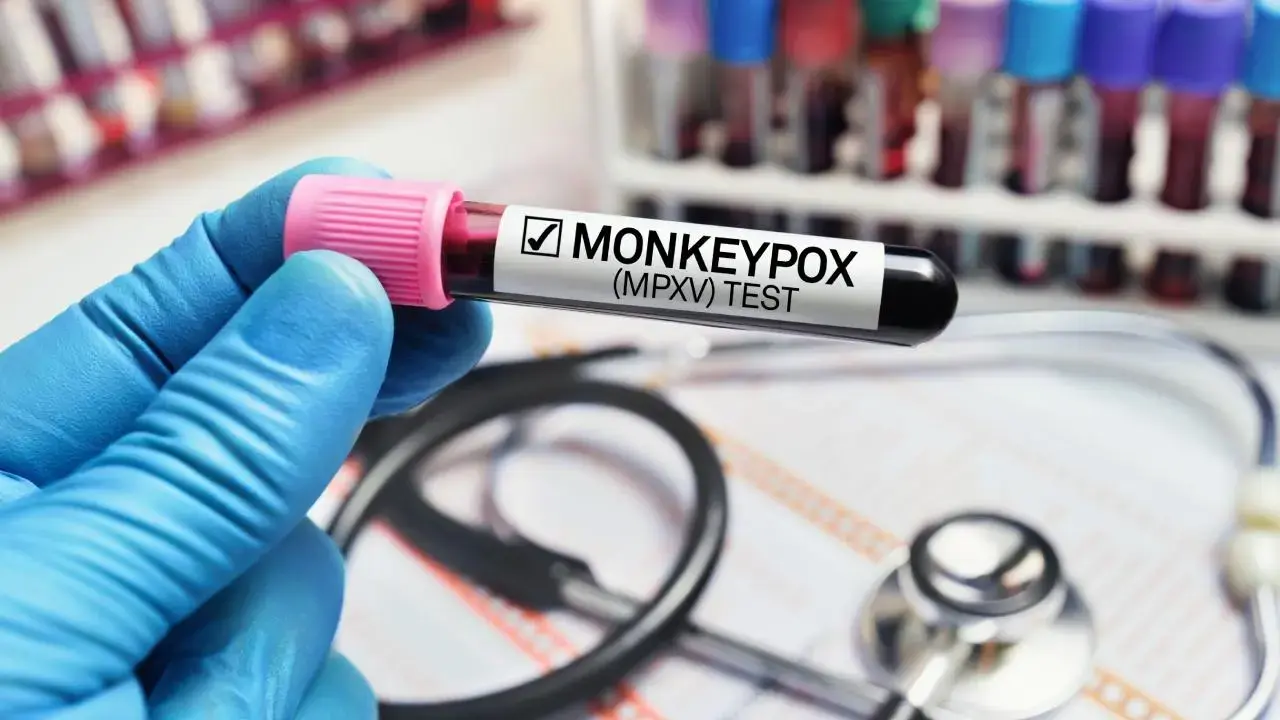On Wednesday, August 14, the World Health Organisation declared mpox a global health emergency, urging professionals and people to remain on high alert and take action against a virus that has spread rapidly across more than a dozen African countries. Amid this, Sweden, on August 15, recorded its first mpox case, prompting widespread concerns of a rapid spread across the globe.
Nevertheless, the mpox outbreak has been most severe in the Democratic Republic of Congo, where at least 15,000 cases and 537 deaths have been reported so far. This tally, the UN agency says, far exceeds the figures in 2022, when the emergency was last announced. After cases ebbed, the WHO lifted the emergency status in May 2023. Since the start of 2024, though, there has been a 160% uptick in the number of reported cases, according to the Africa Centers for Disease Control and Prevention (CDC).
The following are a few key facts to know about the virulent Mpox infection:
What is the history of the disease?
The virus was originally known as monkeypox after it was first identified among a group of research monkeys in 1958. In 1970, a 9-month-old boy in Congo became the first human case. In 2022, the WHO recommended that the name be updated to mpox, in response to complaints about stigma and racist stereotypes associated with the name “monkey.” Similar to smallpox but less contagious, mpox was found primarily in parts of Central and West Africa. It belongs to the class of virus “Orthopoxvirus genus,” which typically causes rash and pus-filled bumps on the skin. Generally, the rash develops on the face before sprouting on other parts of the body, including the soles of the feet and palms of the hands.
How can the mpox be transmitted?
The viral infection is spread primarily through close physical contact with an infected person or animal. This virus can spread from animals to humans through bites, scratches or direct contact with the body fluid or sores of an infected animal. It can also be transmitted through the consumption of contaminated meat.
Infectious pustules can spread between humans through respiratory droplets produced from coughing or sneezing and, although rarely, by touching bedding or clothing that has had contact with the rash. The virus penetrates the body through broken skin, the respiratory tracts or mucous membranes (which include the eyes, nose and mouth).
What are its symptoms?
Common signs of the viral disease include a high fever, headache, back and muscle aches and a painful rash that appears on the face, hands, feet and other parts of the body. The rash develops into pustules, which are large white or yellow pimples on the skin filled with pus. Additional symptoms may include exhaustion and swollen lymph nodes.
On average, symptoms appear within six to 13 days of exposure to the virus before symptoms develop, although a person can transmit the disease to others one to four days before symptoms appear. Still an infection spans between two and four weeks, but it is seldom fatal.
Where can the disease be found?
Around 96% of the mpox deaths reported in June were found in Congo, where scientists have discovered a new variant of the virus that causes milder symptoms and lesions on the genitals. However, the disease has now been identified in 13 African countries, according to the African CDC. In at least four of these countries, including Kenya and Rwanda, the outbreak is reported to have sprung up for the first time.
The new variant makes detection so difficult that people might transmit the disease to others without knowing they’re infected.
How can the disease be treated?
Vaccines were widely used in the 2022 epidemic and, as such, “provide a considerable measure of protection for high-risk individuals, who have been in close contact with someone who has monkeypox,” explains Oscar Agiande, a Nigerian-based medical laboratory scientist. Agiande adds that vaccines may also offer protection for anyone suspected of having the virus.
Currently, there is no comprehensive treatment regimen for tackling the outbreak, experts say. “However, due to the semblance of the virus to smallpox, patients are treated with [the] same antiviral formulations for smallpox,” Agiande adds.
While most mpox cases can resolve on their own without the need for treatment, maintaining proper hygienic measures can largely stave off the virus.
On August 14, the World Health Organization declared mpox a global health emergency due to its rapid spread across over a dozen African countries. The virus, which originated in monkeys and was first identified in humans in 1970, has seen a significant outbreak in the Democratic Republic of Congo with 15,000 cases and 537 deaths reported in 2023. Since early 2024, cases have surged by 160%.
Mpox is transmitted through close contact with infected individuals or animals, and potentially through contaminated meat. Symptoms include fever, headache, muscle aches, and a painful rash that turns into pustules. The virus can be transmitted before symptoms appear, with infections lasting between two to four weeks. Most cases are not fatal.
The disease has spread to 13 African countries with a new variant complicating detection. Vaccines used during the 2022 epidemic provide protection, particularly for high-risk individuals. Current treatment involves antivirals used for smallpox, and maintaining hygiene is essential for prevention.






